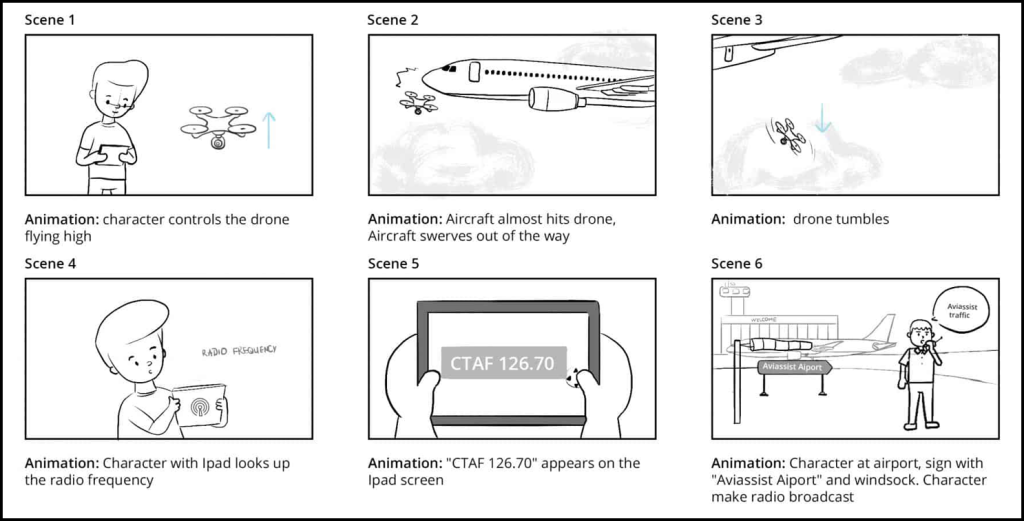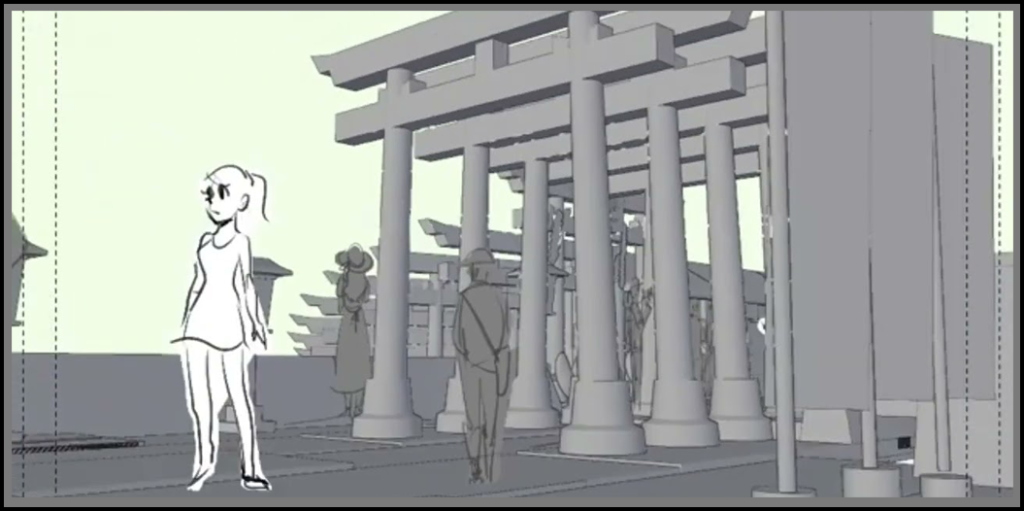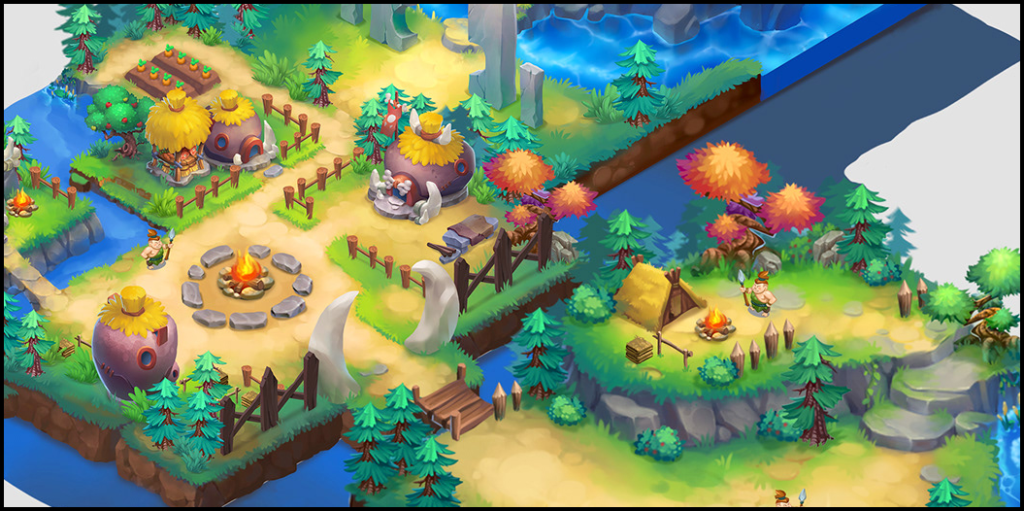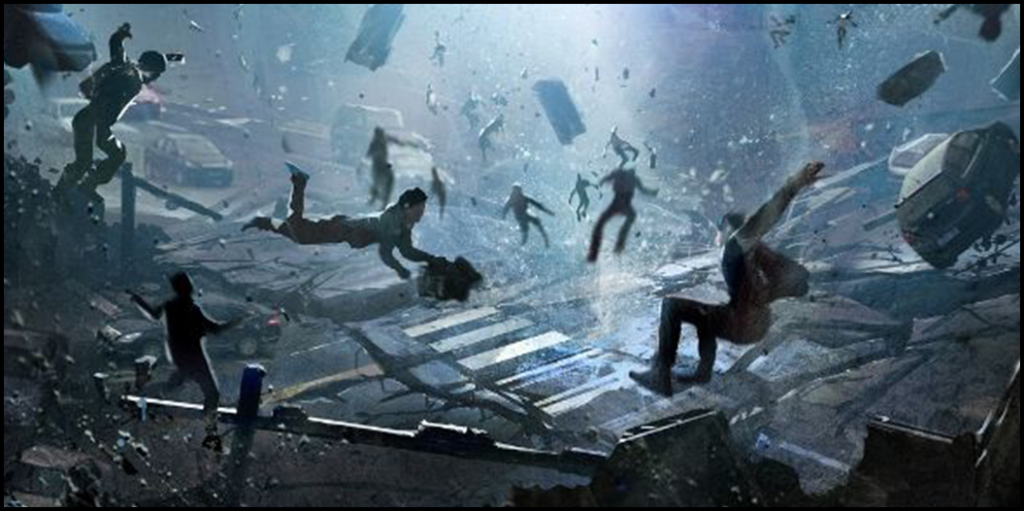Pre-Production Animation
introduction
Pre-production in animation is the initial phase where the groundwork for an animated project is laid out and crucial decisions are made. This phase encompasses tasks like conceptualising, planning, and organising before the actual animation production begins. It involves brainstorming ideas, creating a storyline, designing characters and environments, storyboarding, scripting, and establishing a clear vision for the project. Pre-production sets the direction for the entire animation and ensures that the creative and logistical aspects of the project are well-defined and organised before animators start bringing the story to life.
A pre-production checklist for animation can help ensure that all necessary steps are taken before moving into the production phase. Here’s a checklist with key tasks and considerations:
Reproduction Process and Flowchart

CONCEPT SKETCH ITERATION

FINAL DETAILING

FINISHED CONCEPT ART
Script: In the inception of any project, the essential foundation lies in the script or synopsis. The term ‘screenplay’ is often synonymous with a script, and it is crafted by a screenwriter. Scripts are pervasive in various forms of creative endeavors, such as films, TV series, video games, and advertisements. They serve as the wellspring for all subsequent phases. Typically, a script encompasses the narrative, detailed descriptions of locations, character actions, dialogues, sound effects, and more. It acts as a comprehensive reference for artists, guiding them in illustrating and animating the upcoming production.
Toon Boom Harmony – The Key Script: The script plays a pivotal role in the metamorphosis of the project into a storyboard. Simultaneously, it serves as the source material for audio dialogue recording. Characters, props, and locations are meticulously crafted based on the rich descriptions found within the script.
Storyboard: A storyboard, meticulously crafted by a storyboard artist using the script as a foundation, is a universal element in diverse project types. This visual blueprint encapsulates all scenes and actions delineated in the script, encompassing dialogues, backgrounds, action notes, and characters.
Toon Boom Storyboard Pro – The Key Storyboard: The storyboard often takes shape in tandem with character, prop, location design, and audio recording. The initial storyboard is not always set in stone, as designs frequently undergo numerous revisions during the early phases of production. The storyboard serves as a linchpin for layout, posing, and the creation of an animatic.
Character, Prop, and Location Design: Upon script completion, the design phase commences. Prior to embarking on animation, background creation, or coloring, the overarching design considerations must be addressed. This entails defining the production style, character aesthetics, location intricacies, and more. Once these designs receive approval, the model pack is generated, encompassing all aspects of the project.
Toon Boom Harmony – La Chasse-galerie – Character Design: These designs and models become the canvas for color stylists, layout artists, and ultimately, animators.
Audio Recording: Audio recording, often referred to as voice recording, hinges on the script for dialogue and supplementary sound effects. Actors lend their voices to bring the script to life, recording the dialogues. These recorded voices are subsequently utilized in the animatic, animation, and final production compositing.
Animatic: Derived directly from the storyboard, the animatic, also known as a leica, constitutes the project’s inaugural cinematic representation. It serves as a valuable resource for animators and compositors. The animatic involves no animation but rather a progression of storyboard frames synchronized with sounds and dialogues. This aids in assessing pacing and visual aesthetics, preempting issues that might only emerge at a later production stage.
Character, Prop, and Background Color Styling: Following the completion of black-and-white designs, they are handed over to color stylists. These experts select colors and set the ambiance for the production, ensuring harmony between characters, props, and effects with the background palettes. This contributes to visual consistency or emotional contrast as needed for the show. Once colors receive approval, color models are generated, and backgrounds are painted, with the color models often incorporated into the model pack.
Sound Breakdown: For dialogue, a sound breakdown can be executed, where sound is segmented into small units and transcribed onto a traditional exposure sheet. Animators use this information to synchronize mouth phonemes with character images frame by frame.
Important for pre-production Animation

- Clarity of Vision: Pre-production allows the creators to establish a clear and unified vision for the animation project. This includes defining the story, characters, visual style, and overall objectives. Having a well-defined vision ensures that everyone involved in the project is on the same page, reducing the risk of misunderstandings and creative conflicts during production.
- Efficient Resource Allocation: Pre-production helps allocate resources efficiently. By planning ahead, you can determine the budget, staffing needs, and production schedule. This prevents wastage of time and money on unplanned revisions and changes during production.
- Creative Exploration: During pre-production, creators have the opportunity to experiment with different ideas and concepts. This phase encourages creative exploration and brainstorming, allowing for the development of unique and compelling storytelling elements.
- Storyboarding and Planning: Storyboards created in pre-production serve as a visual blueprint for the animation. They outline the sequence of shots, camera angles, and character actions. This planning phase helps identify potential issues in the narrative flow and allows for adjustments before animation begins.
- Character and Environment Design: Pre-production is the stage where character and environment designs are finalized. These designs are crucial for maintaining consistency and establishing the visual identity of the animation. A well-designed character or environment can greatly enhance the storytelling.
- Script and Dialogue: The script, developed during pre-production, provides the foundation for the animation’s narrative and dialogue. A strong script ensures that the story is engaging and well-structured, which is essential for capturing the audience’s attention.
- Voice Casting and Recording: Pre-production includes the selection of voice actors and recording of dialogues. Casting the right voices is crucial for conveying the characters’ personalities effectively. Recording in advance allows for smoother synchronization of animation and dialogue.
- Risk Mitigation: By identifying potential challenges and issues in advance, pre-production helps mitigate risks. It allows for the development of contingency plans and strategies to address unexpected obstacles that may arise during production.
- Time Savings: Adequate pre-production can save a significant amount of time during the production phase. With a well-planned storyboard, clear designs, and a finalized script, animators can work more efficiently, reducing the need for extensive revisions and rework.
- Quality Control: Pre-production sets the foundation for quality control. It ensures that the project starts with a strong base, making it easier to maintain consistency and quality throughout the production process.
The Vital Role of Pre-Production in Animated Projects

Pre-production animation is the initial and essential phase in the creation of an animated project, encompassing a series of crucial tasks and preparations that set the stage for the entire production process. At its core, pre-production is the conceptualization phase, where ideas are born, developed, and refined. This involves brainstorming and generating the overarching concept, story, and characters that will inhabit the animated world. Scriptwriting is a fundamental component, as it provides the narrative framework, detailing dialogue, actions, and pacing, laying the foundation for the project’s storytelling.
The Importance of Storyboarding and Design in Pre-Production

Another vital aspect of pre-production is storyboarding. Through storyboards, the narrative is visually represented with sequential illustrations or sketches. These serve as a blueprint for planning camera angles, shots, and overall scene composition. Character design and background design are equally crucial elements, as they bring life to the animation. Character designers create unique looks for the animated personas, while background artists craft the settings, ensuring they align with the project’s visual style and mood.
Technical and Logistical Preparations in Pre-Production Animation

The pre-production phase also involves technical and logistical preparations. Voice casting is conducted to select the right actors for character voice overs, and recording sessions are scheduled accordingly. Animatics, rough timed versions of the animation using storyboards and temporary voiceovers, help fine-tune pacing and flow. Layouts, animations tests, and asset creation, such as character rigs and 3D models, ensure that the technical groundwork is in place.
Planning is a fundamental aspect of pre-production, with the creation of detailed production schedules that outline tasks, deadlines, and milestones. Budgeting and resource allocation are determined, aligning financial resources with the project’s needs. Additionally, the technical requirements, including software and hardware, are identified to support a smooth production process. Pre-visualization techniques may be employed to create rough 3D or 2D representations for scene planning purposes.

Art direction plays a vital role in maintaining visual consistency and ensuring that the animation aligns with the project's creative vision.

This phase also encompasses legal and licensing considerations, securing any necessary permissions and documentation for characters, music, or other elements used in the animation.

In essence, pre-production animation is the groundwork where ideas take shape, scripts are written, designs are created, and the logistical framework is established, all serving as the scaffolding upon which the entire animation production process is built.

Knick Global is one of the most reputed game development & Digital Marketing company in India.
For Business Query
- Deepak@knickglobal.com
- +91 98884-28466
- https://join.skype.com/invite/wyVyLnqSk6wI
For Recruitment Query
SERVICES
3D Game Development
Augmented Reality Development
Virtual Reality Development
Production Animation

